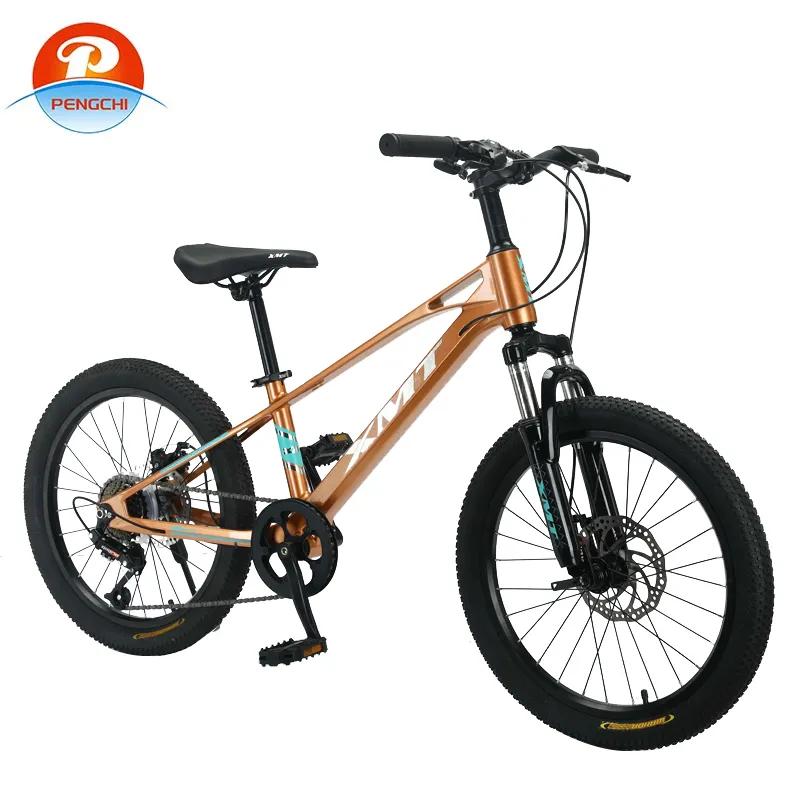
-
 Afrikaans
Afrikaans -
 Arabic
Arabic -
 Belarusian
Belarusian -
 Bengali
Bengali -
 Bulgarian
Bulgarian -
 Croatian
Croatian -
 Czech
Czech -
 Danish
Danish -
 Dutch
Dutch -
 English
English -
 Finnish
Finnish -
 French
French -
 German
German -
 Greek
Greek -
 hawaiian
hawaiian -
 Hebrew
Hebrew -
 Hindi
Hindi -
 Hungarian
Hungarian -
 Indonesian
Indonesian -
 irish
irish -
 Italian
Italian -
 Japanese
Japanese -
 Javanese
Javanese -
 kazakh
kazakh -
 Khmer
Khmer -
 Korean
Korean -
 Kyrgyz
Kyrgyz -
 Lao
Lao -
 Latin
Latin -
 Luxembourgish
Luxembourgish -
 Malay
Malay -
 Myanmar
Myanmar -
 Norwegian
Norwegian -
 Persian
Persian -
 Polish
Polish -
 Portuguese
Portuguese -
 Romanian
Romanian -
 Russian
Russian -
 Serbian
Serbian -
 Slovak
Slovak -
 Somali
Somali -
 Spanish
Spanish -
 Swedish
Swedish -
 Tagalog
Tagalog -
 Thai
Thai -
 Turkish
Turkish -
 Turkmen
Turkmen -
 Ukrainian
Ukrainian -
 Uighur
Uighur -
 Vietnamese
Vietnamese
Dec . 14, 2024 06:53 Back to list
how to pick a new bike
How to Pick a New Bike A Comprehensive Guide
Choosing the right bike can be an overwhelming experience given the vast array of options available today. Whether you are a seasoned cyclist or a beginner, understanding your needs and preferences is crucial to making the right choice. This guide will help you navigate the process of selecting a new bike that fits your lifestyle, riding style, and budget.
1. Identify Your Riding Style
The first step in picking a new bike is to determine how you plan to use it. Here are some common riding styles
- Commuting If you will be using your bike primarily for commuting, look for a comfortable hybrid or city bike with fenders, a rack for carrying items, and lights for visibility. - Recreational Riding For leisurely rides on bike paths or parks, a cruiser might be the perfect choice due to its comfortable seating position and ease of use. - Mountain Biking If you prefer trails and rough terrains, a mountain bike will serve you well with its sturdy frame and wide tires designed for off-road conditions. - Road Cycling For long-distance rides on paved roads, consider a road bike, which is lightweight and aerodynamic, allowing for faster speeds. - Touring If you plan to go on extended journeys, look for a touring bike, which offers durability, comfort, and the capacity to carry gear.
Understanding your primary use will significantly narrow down your options.
2. Choose the Right Frame Size
Finding a bike that fits well is essential for comfort and performance. Frame size is usually determined by the height of the rider. Most manufacturers provide a size chart based on your inseam measurement. It’s important to test ride a few bikes since fits can vary between brands.
When riding, ensure that you can stand over the frame comfortably, and that your arms are slightly bent when your hands are on the handlebars. A properly fitted bike will help prevent injuries and make your ride more enjoyable.
3. Decide on the Type of Gearing
The type of gears you need will depend on the type of terrain you plan to ride on
- Single-Speed Best for flat areas and casual rides, single-speed bikes are simple to maintain and ride. - Multi-Speed Gearing systems can be beneficial for hilly terrains and long rides. Options vary from derailleur systems, which offer multiple gears, to internal hub gears, which require less maintenance.
Take into consideration your fitness level and where you’ll be riding when picking the gearing
.how to pick a new bike

4. Material Matters
The frame material can affect the bike's weight, durability, and ride quality. Here are some common materials
- Aluminum Lightweight and corrosion-resistant, aluminum frames are a popular choice for many cyclists. - Steel Known for its durability and comfort, steel frames tend to be heavier but provide a smooth ride and can handle rough conditions. - Carbon Fiber Extremely lightweight and stiff, carbon frames are often used in high-end road bikes, providing excellent performance but at a higher price point.
Choose a material that aligns with your budget and riding style preferences.
5. Budget Considerations
Bikes can range from a couple of hundred to several thousand dollars. Set a budget that encompasses not just the bike itself, but also any necessary gear such as a helmet, lights, a lock, and maintenance items. Remember, investing in a quality bike often pays off in longevity and performance.
6. Test Ride Before You Buy
One of the most effective ways to determine if a bike is right for you is to take it for a test ride. Many bike shops encourage potential buyers to ride different models and sizes. Pay close attention to how the bike feels during the ride, particularly in terms of comfort, handling, and responsiveness.
7. Seek Expert Advice
If you’re still unsure about which bike to choose, don’t hesitate to ask for advice from local bike shop staff or experienced cyclists. They can offer insight based on your preferences and riding goals.
Conclusion
Choosing the right bike is a personal journey that involves consideration of your riding style, frame size, gearing, materials, budget, and comfort. By understanding these factors and taking the time to test ride various options, you can find a bike that will enhance your cycling experience and inspire you to ride more often. Happy cycling!
-
New Red Anti-theft E-Bike | Easy Ride City Commuter
NewsJul.31,2025
-
BMX 20 Inch Bikes for Freestyle & Street | Fat Tire Options Available
NewsJul.30,2025
-
322 High Quality 26 Inch 21 Speed Adult Mountain Bike OEM MTB
NewsJul.29,2025
-
Specialized Kids Mountain Bikes - Safe, Durable & Fun Riding Experience
NewsJul.29,2025
-
Little Kids Mountain Bike - Lightweight Bikes for Young Riders
NewsJul.29,2025
-
Kids Mountain Bike Trek – Full Suspension for 6 Year Old Riders
NewsJul.29,2025

